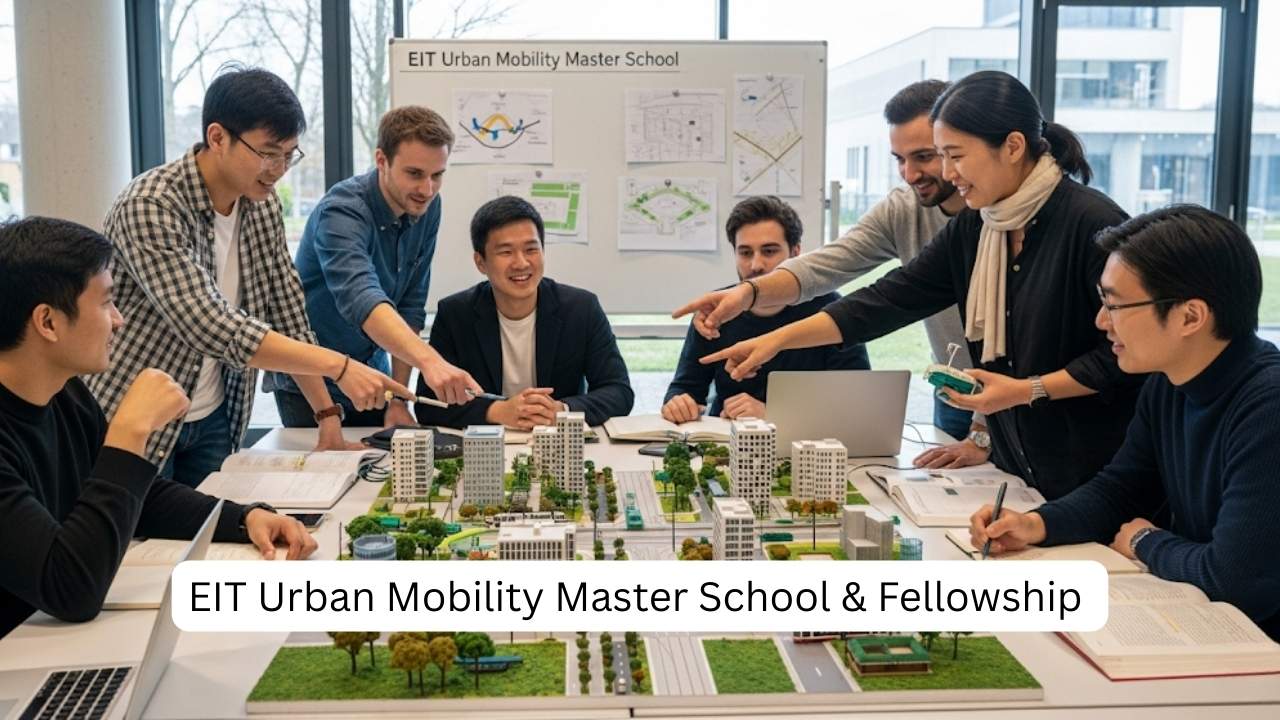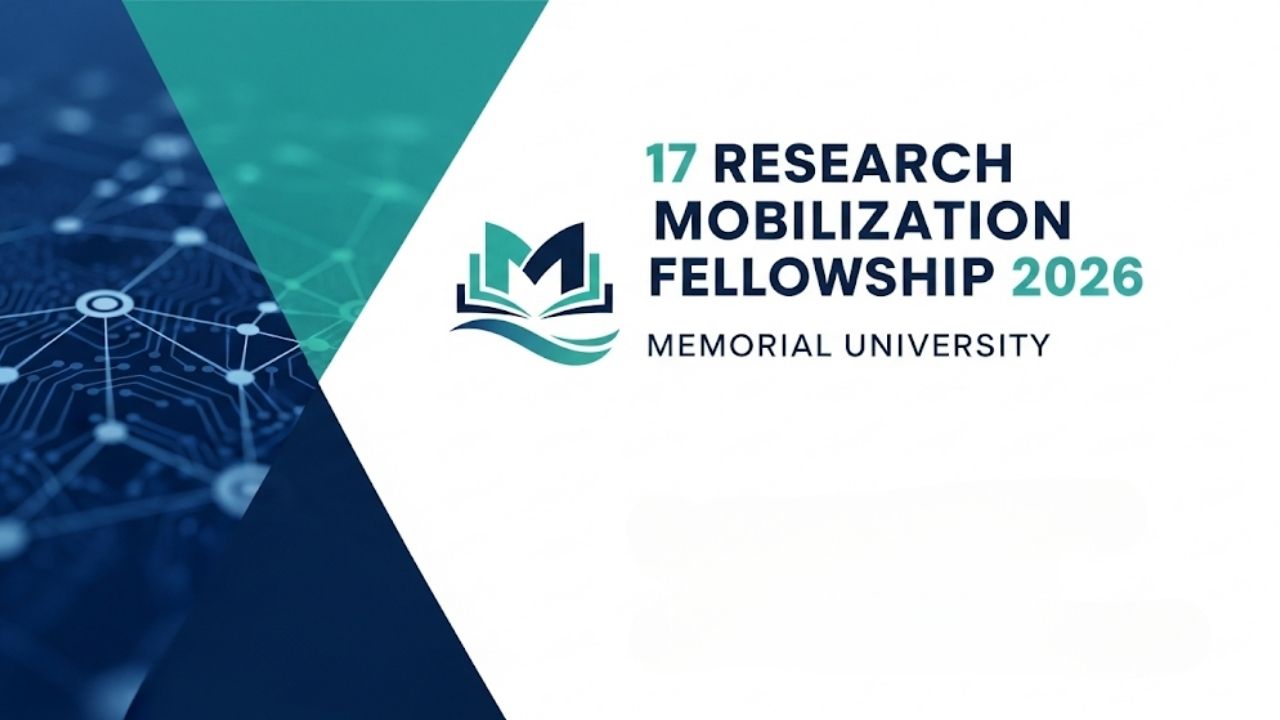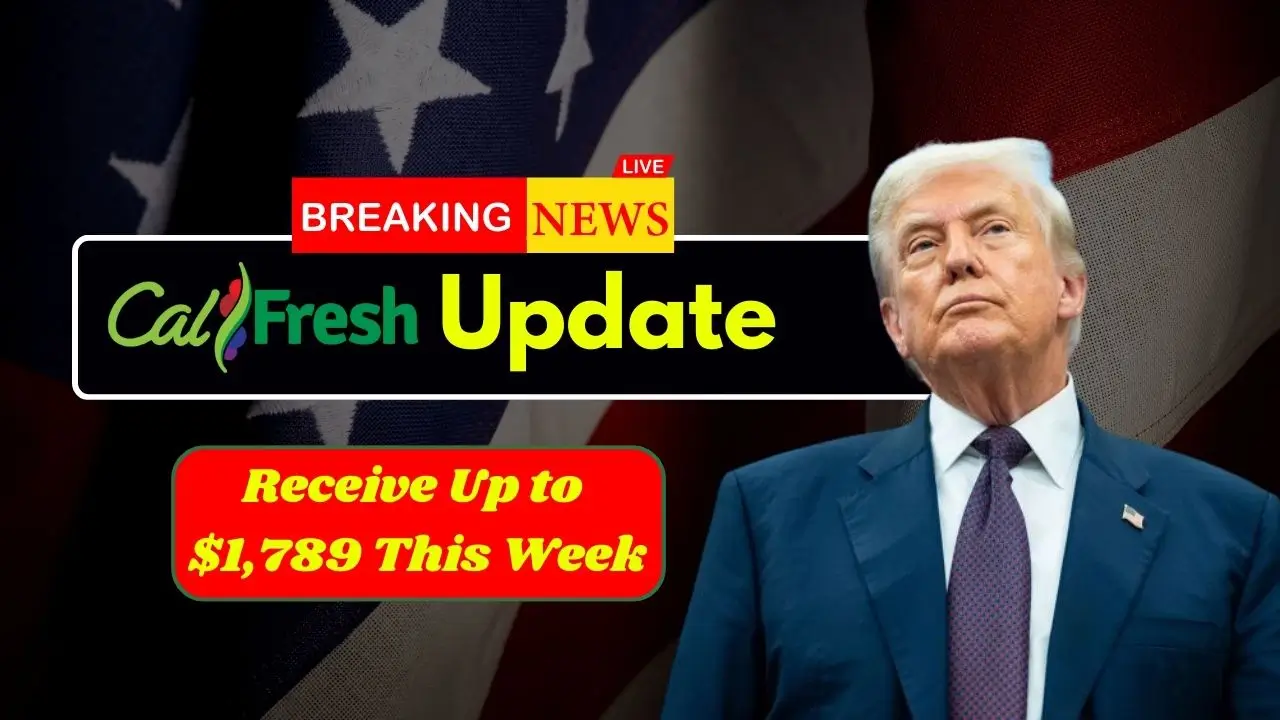Embarking on the LAF Fellowship for Innovation and Leadership 2025 application journey is a commitment to pushing the boundaries of landscape architecture. This prestigious program is more than just a grant; it’s a transformative experience designed for mid-career and senior-level professionals eager to dedicate time to a groundbreaking project. If you have a visionary idea with the potential to create a lasting impact, you’re in the right place. This guide will provide you with a comprehensive, step-by-step roadmap to navigate the application process, helping you to present your project in the most compelling light.
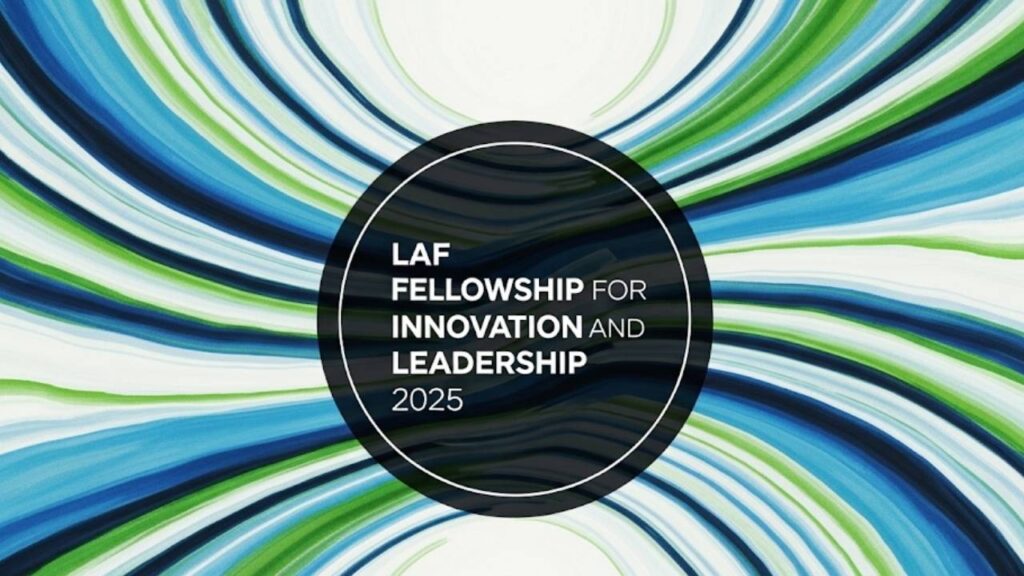
This fellowship is a unique opportunity to receive a $25,000 award to support a project that you are passionate about. It allows for the equivalent of three months of dedicated time over a year to research, test, and develop your innovative concept. Throughout this article, we will delve into the fellowship’s structure, eligibility requirements, and offer actionable advice to help you craft a standout application.
LAF Fellowship for Innovation and Leadership 2025
| Key Fact | Detail/Statistic |
| Fellowship Award | A $25,000 financial award is provided to each selected fellow. |
| Application Opens | The call for applications for the 2026-27 cohort will be announced in June 2025. |
| Application Deadline | The deadline for all application materials is September 15, 2025. |
| Time Commitment | Fellows are expected to dedicate the equivalent of three months’ time over the fellowship year. |
The LAF Fellowship for Innovation and Leadership 2025 is a call to action for visionary landscape architects. It is an opportunity to step away from the demands of daily practice and dedicate yourself to an idea that can shape the future of our profession. By putting forth a well-researched, passionate, and compelling application, you are not just vying for a fellowship; you are making a statement about the kind of future you want to help create.
Understanding the LAF Fellowship: More Than Just Funding
At its core, the LAF Fellowship for Innovation and Leadership is an investment in the future of landscape architecture. It seeks to support projects that not only introduce novel ideas but also have the potential for significant, positive change in our environment and society. The fellowship is structured to provide a supportive and collaborative ecosystem for your project to flourish.
What the Fellowship Entails
Selected fellows become part of a cohort that engages in a year-long program. This includes:
- Three 2.5-day Residencies: These immersive sessions are held in Washington, D.C., and provide a platform for fellows to present their projects, receive constructive feedback, and engage in leadership development activities. Travel and lodging stipends are provided.
- Monthly Conference Calls: Regular check-ins with your cohort and fellowship facilitators ensure you remain on track and have a consistent support system.
- Intergenerational Mentorship: The program uniquely pairs fellows with emerging professionals from LAF’s Olmsted Scholars Program, fostering a rich, two-way mentorship experience.
I’ve seen many successful applicants who fully embrace this collaborative spirit from the outset. They don’t just see it as a grant, but as a chance to join a dynamic community of leaders.
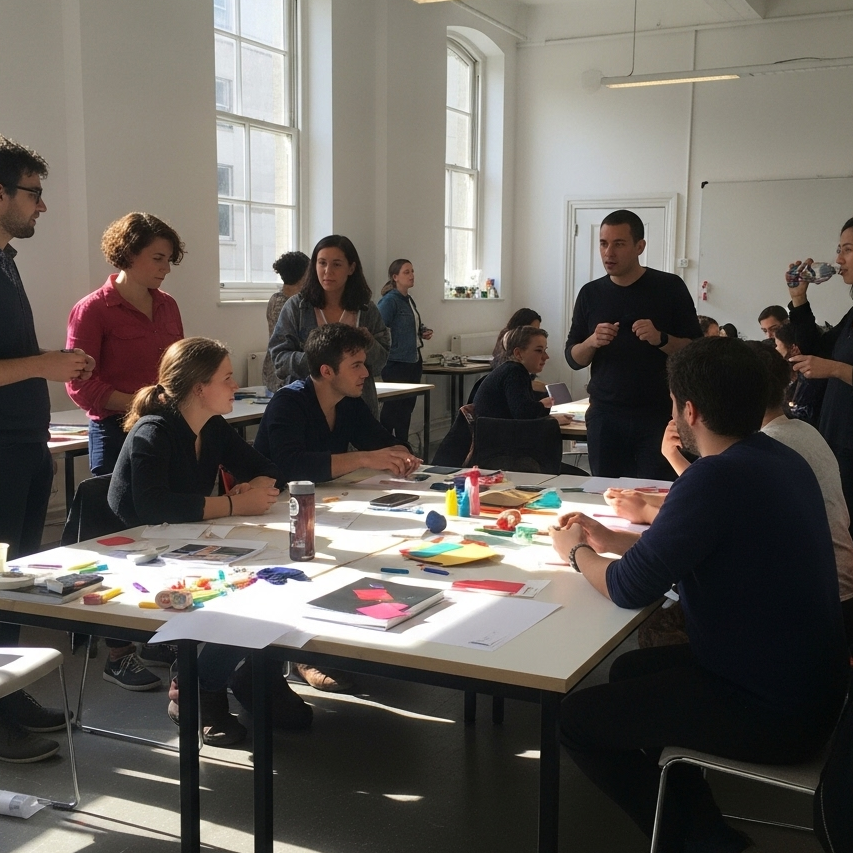
Is the LAF Fellowship Right for You? Eligibility and a Spirit of Innovation
This fellowship is designed for seasoned professionals. To be eligible, you must have a minimum of six years of professional experience in landscape architecture. However, the most crucial eligibility criterion isn’t found in a number, but in the nature of your proposed project.
The foundation is looking for “big ideas” that can:
- Drive Transformational Change: Your project should aim to make a tangible and lasting impact.
- Increase the Visibility of Landscape Architecture: The fellowship seeks to elevate the profession’s role in addressing critical contemporary issues.
- Have a Life Beyond the Fellowship: The goal is to seed projects that can continue to grow and evolve long after the fellowship year concludes.
Past successful projects have explored a wide array of topics, from developing new models for community engagement and creating digital tools for sustainable design to addressing issues of social equity and environmental justice in the public realm. For instance, past fellows have worked on projects like the HomeLand Lab podcast, which compassionately explores the complexities of homelessness, and the Toronto Policy Atlas, a guide to understanding the interplay between public policy and our shared landscapes.
The following post from the Landscape Architecture Foundation offers a glimpse into the caliber of projects they support.
Crafting a Winning Application: A Step-by-Step Guide
A successful application is one that clearly and compellingly communicates the vision, feasibility, and potential impact of your project. Here’s how to approach it:
1. The Big Idea: Defining Your Project
Before you write a single word of your application, take the time to crystallize your project idea. Ask yourself:
- What is the core problem or question my project addresses?
- Why is this important for the future of landscape architecture?
- What is my unique approach or solution?
- What are the tangible outcomes I hope to achieve?
Your project can be rooted in research, design, technology, or new practice models. The key is that it must be innovative and forward-thinking.
2. The Narrative: Telling Your Story
Your application is your opportunity to tell a story – the story of your project. This narrative should be woven throughout your application materials.
- Project Proposal: This is the heart of your application. Be specific about your goals, methodology, and timeline. Break down the project into manageable phases.
- Personal Statement: Connect your personal and professional journey to the project. Why are you the right person to lead this work? What drives your passion for this idea?
3. The Supporting Materials: Demonstrating Your Capacity
In addition to your proposal, you will need to submit materials that showcase your ability to successfully complete the project. This typically includes:
- A Portfolio of Relevant Work: Curate a selection of projects that demonstrate your skills and expertise.
- Letters of Reference: Choose recommenders who can speak to your leadership potential and the significance of your proposed project.
- A Detailed Budget: While the $25,000 award is intended to offset lost wages, a well-considered budget for your project demonstrates foresight and planning.
Hearing directly from those who have gone through the process can be incredibly insightful. Consider watching testimonials from past fellows to understand the fellowship’s impact.
4. A Word on Presentation
The clarity and professionalism of your application materials matter. Ensure your writing is concise, your visuals are high-quality, and your overall submission is polished and easy to review. In my experience advising applicants, a well-organized and thoughtfully presented application often stands out.

The Fellowship Journey: What to Expect After You Apply?
The application deadline for the next cohort is September 15, 2025. After this, the jury deliberation process takes place between October 2025 and January 2026. The new fellows are typically announced in February 2026, with the fellowship year commencing in the spring.
The fellowship year is an intense but rewarding period of growth. Be prepared to be challenged, inspired, and to forge lasting connections with your fellow cohort members and the broader LAF network.
Mittal Institute India Fellowship 2026:
Your Definitive Guide to the Fully Funded AfOx Visiting Fellowship 2025 at Oxford University
FAQs
Q1:Can a team apply for the fellowship?
Only individuals can apply for and participate in the LAF Fellowship. However, your proposed project can be a team effort, provided you are the team lead. The $25,000 award is given to the individual fellow, who can then choose to distribute it among team members.
Q2:Do I need to take three months off from my job?
The three-month time commitment is to be distributed over the course of the year-long fellowship. It does not need to be taken as a single block of time. This flexibility allows you to integrate the fellowship with your other professional commitments.
Q3:What makes a strong application?
A strong application clearly articulates a bold, original project idea that has the potential for significant impact. It also demonstrates the applicant’s leadership potential and their ability to successfully execute the proposed project.

